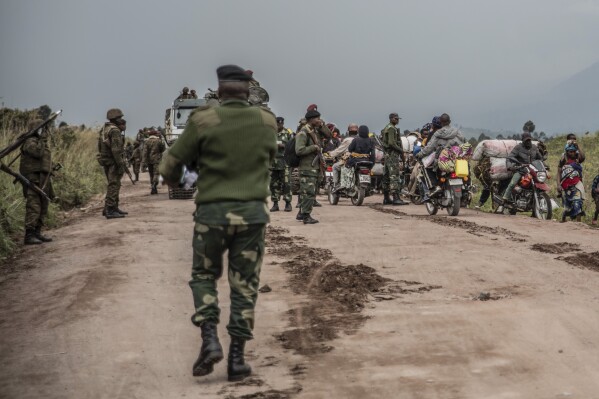
Tensions in eastern Congo flared after Rwanda-backed M23 staged a large parade in Goma, presenting more than 7,000 new recruits and claiming defections from the army and local militias—assertions rights groups say may mask coercion.
The display comes as mediators advance a Washington-based track aimed at de-escalation, including commitments for Rwanda to halt backing to M23 and for occupied areas to revert to Congolese control. While Washington hosted a DRC-Rwanda peace agreement in June, key add-ons and implementation steps remain under negotiation, keeping timelines fluid.
Skirmishes and mutual accusations of ceasefire breaches persisted around front lines, undercutting confidence in the process. Rights monitors warned some of the parade’s “recruits” may have been pressured, and Amnesty International’s Christian Rumu has previously said indiscriminate bombardments by both sides likely amounted to war crimes.
A recent U.N. human rights report found credible evidence that M23 and Congolese forces committed grave abuses in North and South Kivu, including possible war crimes—adding urgency to secure a verifiable pullback and protection for civilians. Millions remain displaced across the east, amplifying the humanitarian toll of the conflict.
For residents of Goma and nearby towns, the latest show of force underscored how fragile the moment is: a high-profile diplomatic track in Washington on one side, and a militarized stalemate on the other.
